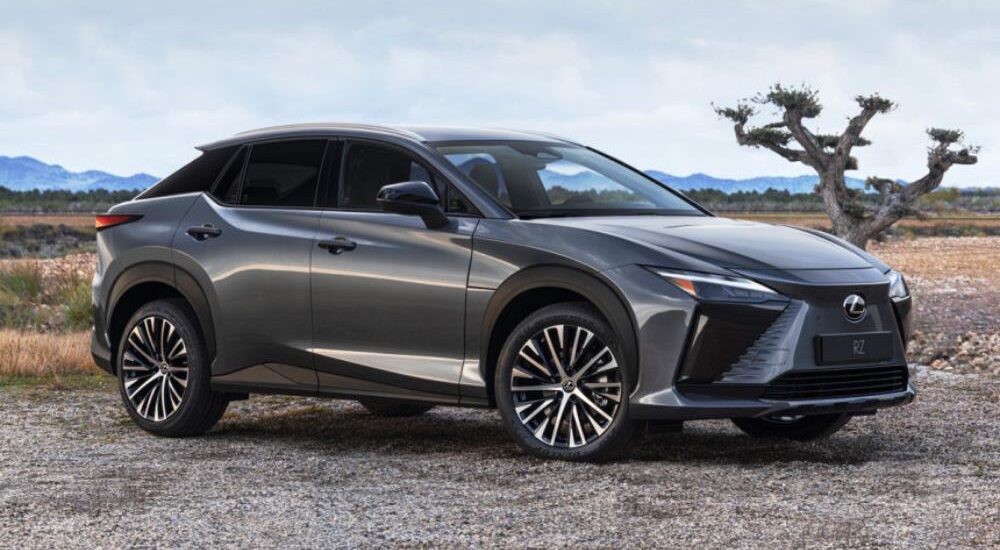When the first electric Lexus made its debut it was a bit of a half-measure. The compact SUV Lexus UX 300e was based on a gasoline model and wasn’t available in all countries. The full-fledged development of a range of electric Lexuses, created without ties to the older models, was only beginning. Today, we’re going to tell you about Lexus RZ 450e crossover.
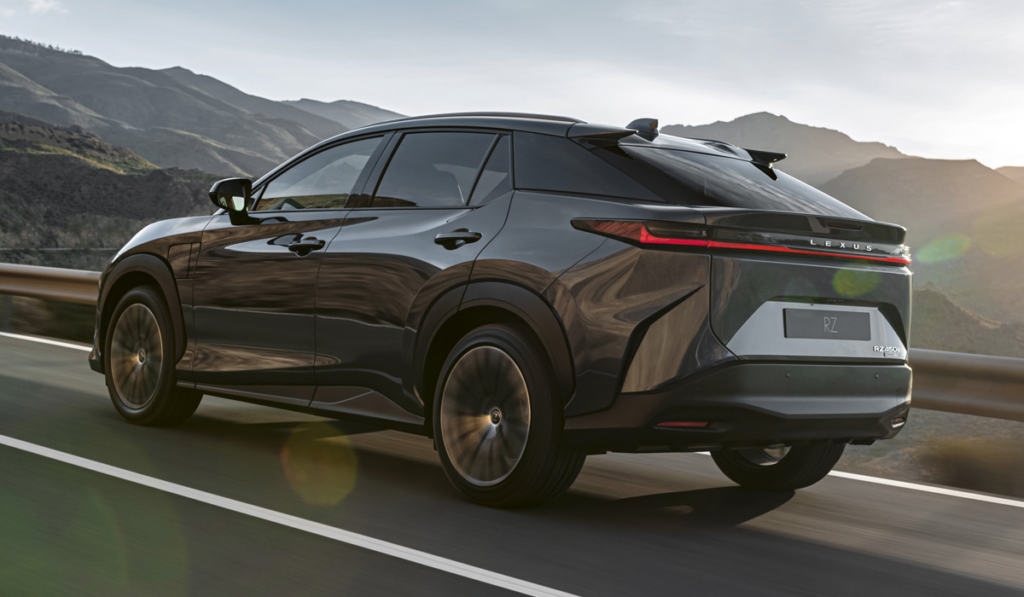
Effectively, this is a premium version of the Toyota bZ4X compact SUV (also known as Subaru Solterra). The new Lexus is built on the same e-TNGA platform, has an identical wheelbase of 2850 mm, and even shares the distinctive body profile. However, Lexus flaunts an original design with trademark elements like the massive “spindle” in place of the radiator grille and the familiar rear wing shape from the RX model.
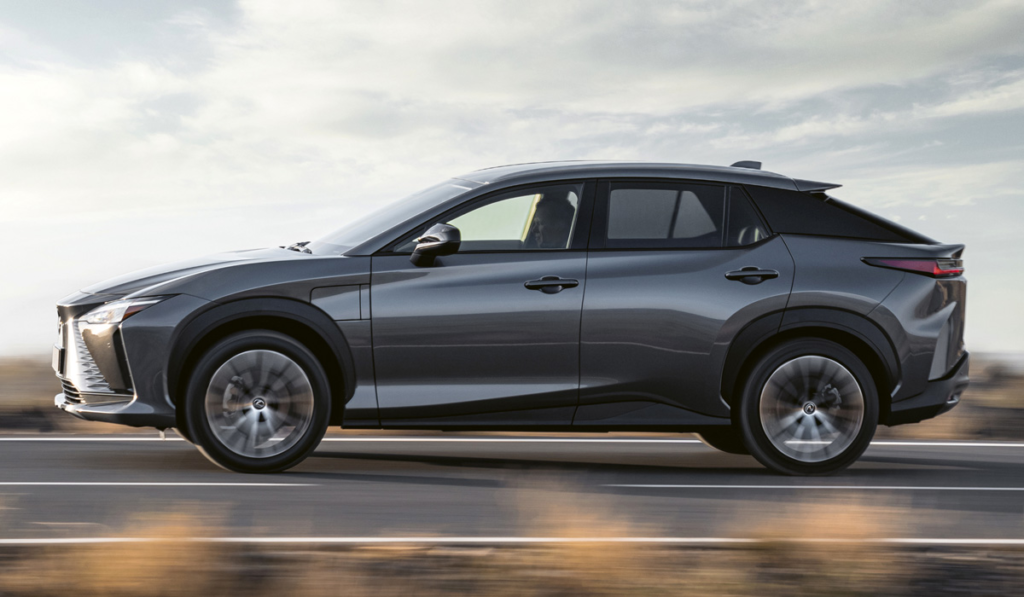
Moreover, compared to the original Toyota, the new Lexus has noticeably extended body overhangs, resulting in a total length increase from 4690 mm to 4805 mm. The gasoline-powered Lexus RX is just 85 mm longer. The electric vehicle’s width is 1895 mm, and its height is 1635 mm. You have a choice of 18 or 20-inch wheels.
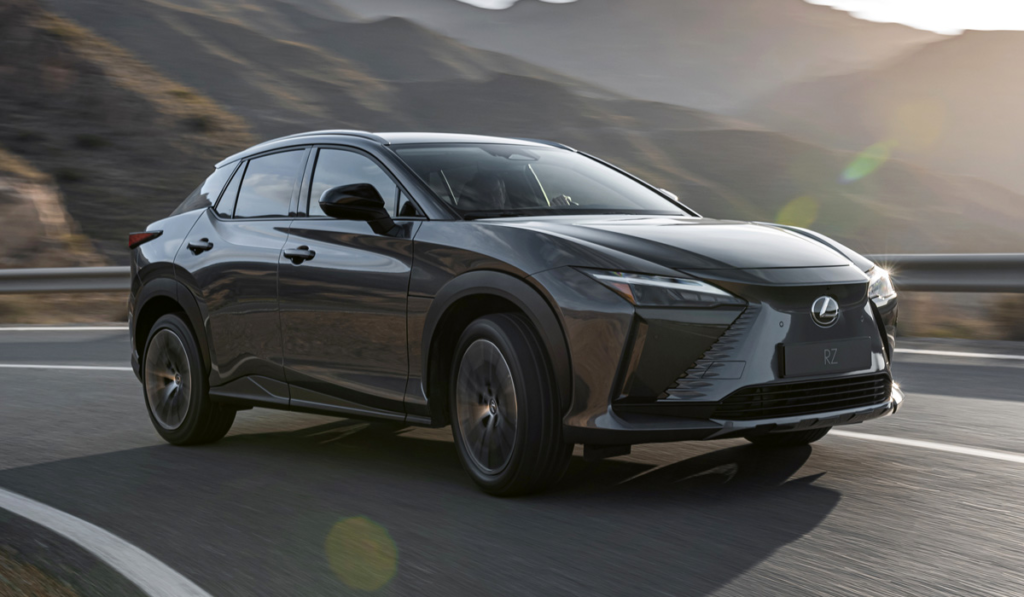
The electric e-TNGA platform is designed according to modern standards: it features compact standardized motor modules (with integrated inverters and reducers), and the traction battery positioned under the floor is integrated into the body’s power structure. The front suspension employs a McPherson type, while the rear features double wishbone arms, and the RZ becomes the first Lexus to incorporate amplitude-dependent shock absorbers.

Similar to its Toyota sibling, an option for “by-wire” steering is offered, named One Motion Grip. Toyota becomes the second automaker to introduce such a system to production cars; Infiniti was the first in 2013. However, while Infiniti models still include a steering column with an emergency coupling that engages when needed, ensuring a mechanical connection between the steering wheel and the wheels, this is absent in Toyota and Lexus. Only an emergency power supply system and some protection against errors in the electronic control system are provided.

The absence of a steering column allows for any gear ratio, and vehicles equipped with this system will feature a steering wheel substitute instead of the conventional wheel. In the most “aggressive” mode, the steering rotation from lock to lock will be less than half a turn – only 150 degrees!

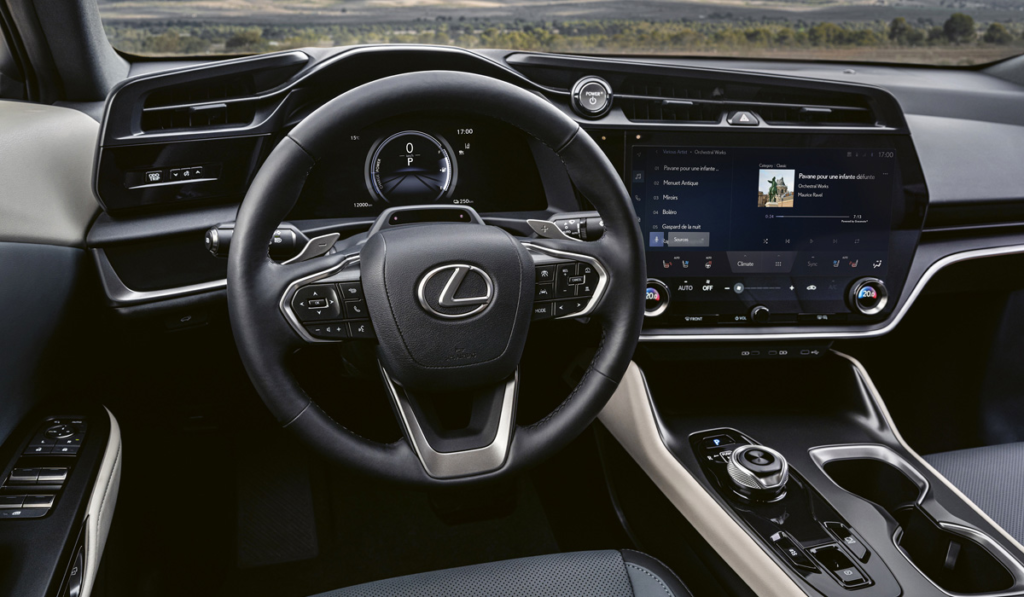
The center of attention in the interior is the 14-inch “television” of the media system. The Lexus RZ features virtual instruments and a projection screen, yet physical buttons on the steering wheel and rotating climate control knobs are retained. Options include a rearview mirror display (projecting the top-view image from the rear camera) and an electrochromic panoramic roof: it lacks the usual cover and darkens at the touch of a button.
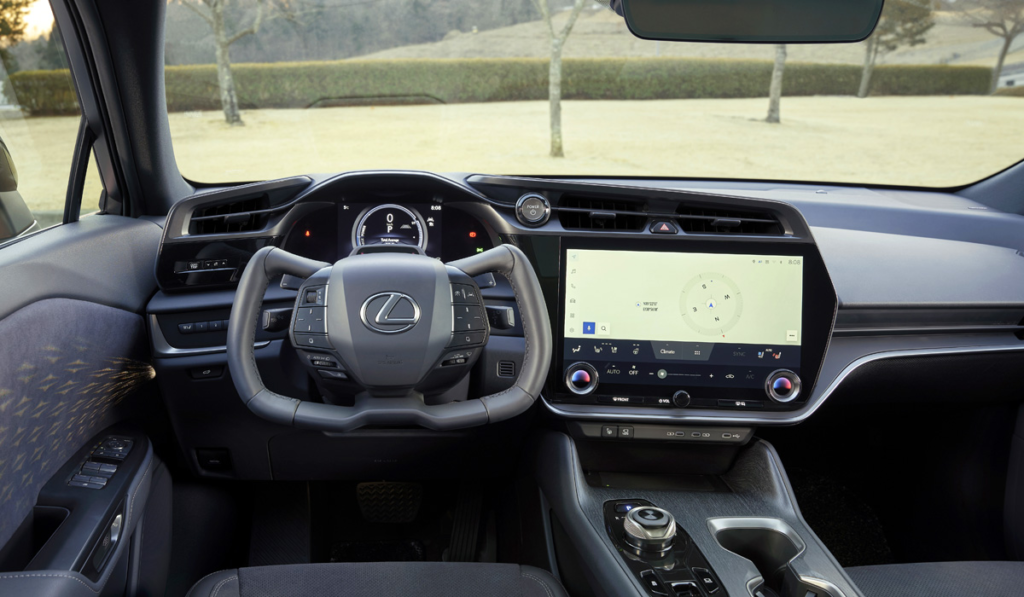

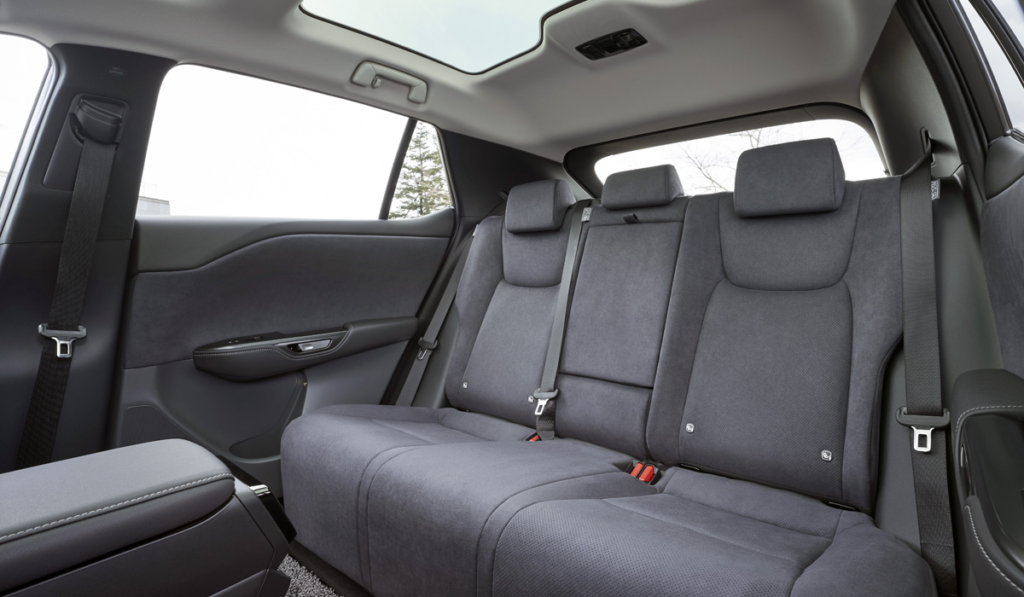
Similar to the new Lexus NX, the electric vehicle also features electronic door locks: a simple press of the handle from the inside unlocks the door, while the traditional emergency mechanical unlocking (achieved by pulling the handle towards oneself) remains intact. If the electronics detect danger while attempting to open the door (such as an approaching vehicle in the adjacent lane), the lock can be forcibly engaged. Another innovative feature includes spiral electronic heaters placed within the front panel, around the knee area of the front seats.

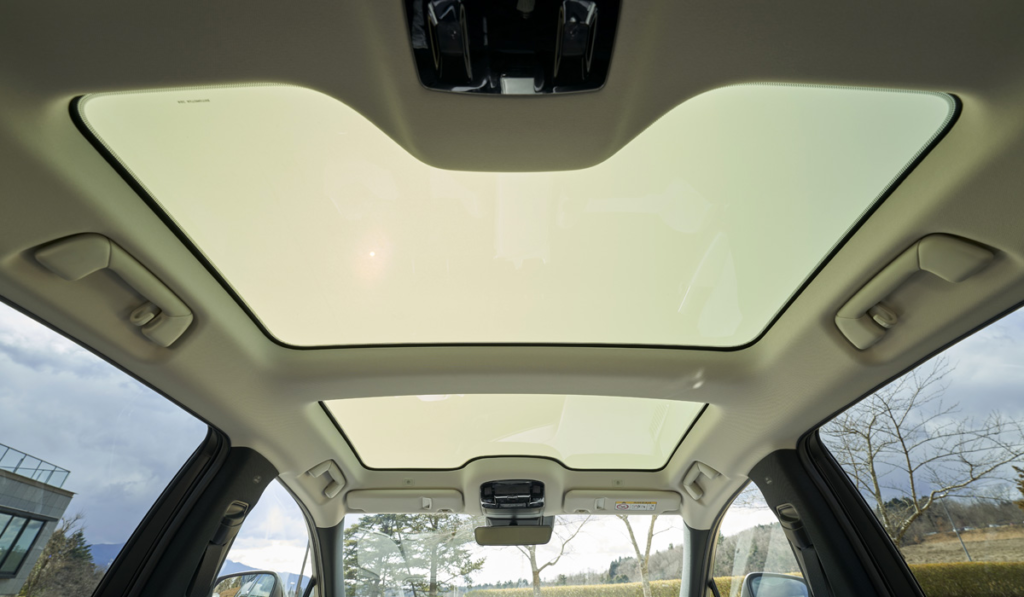
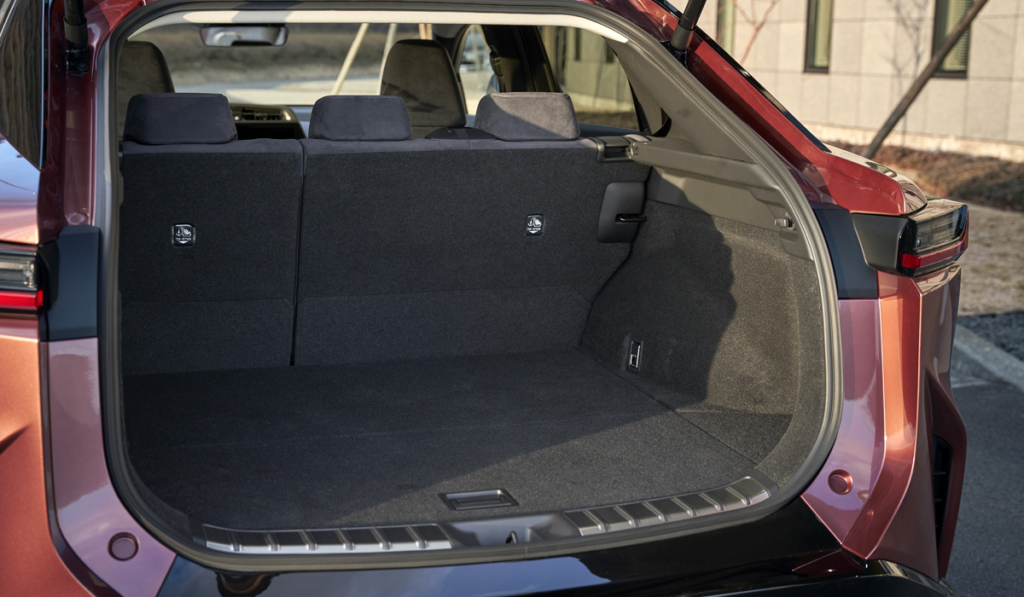
The sole variant, the RZ 450e, comes with an all-wheel drive Direct4 system powered by two electric motors. However, the Japanese electric vehicle’s specifications aren’t any less impressive. The front motor delivers 204 horsepower, the rear one provides 109 horsepower, and the combined peak performance of the system reaches 313 horsepower and 435 Nm of torque. The electric system operates at 355 volts, although there are already 800-volt electric vehicles on the market.
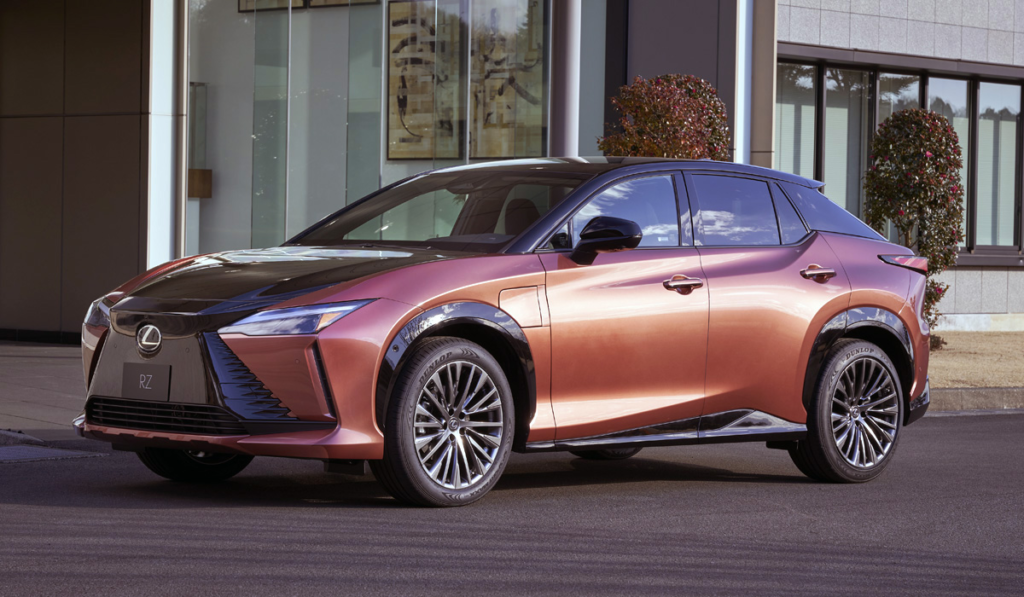
The lithium-ion traction battery has a capacity of 71.4 kWh, offering an expected range of 450 kilometers on a single charge, although the WLTP cycle puts it at around 400 kilometers. Developers assure that after ten years of use, the battery will retain 90% of its capacity. The top speed is capped at 160 km/h, and the acceleration from 0 to 100 km/h takes 5.6 seconds, although for the models designed for the Chinese market, it’s listed as 5.4 seconds. Naturally, features like adaptive cruise control and the Lexus Safety System+ suite of electronic assistants are included.
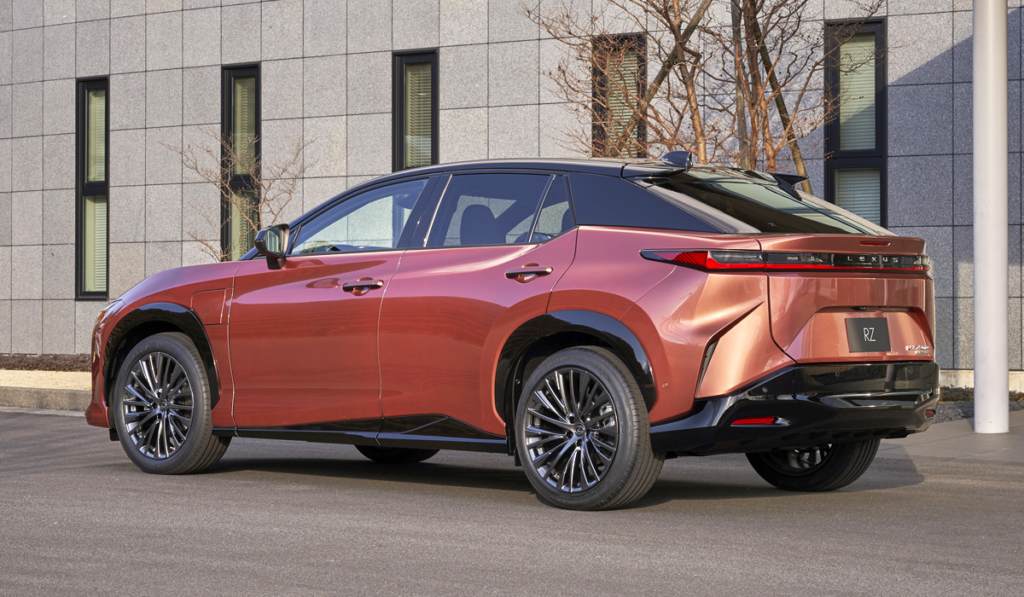
By 2030, the company aims to have a complete range of electric models across different classes, with Europe, North America, and China retaining only battery-powered vehicles. By 2035, Lexus plans to transition fully to electric propulsion.
Photo: Lexus
This is a translation. You can read an original article here: Кроссовер Lexus RZ 450e открыл гамму электромобилей

Published September 13, 2023 • 10m to read

